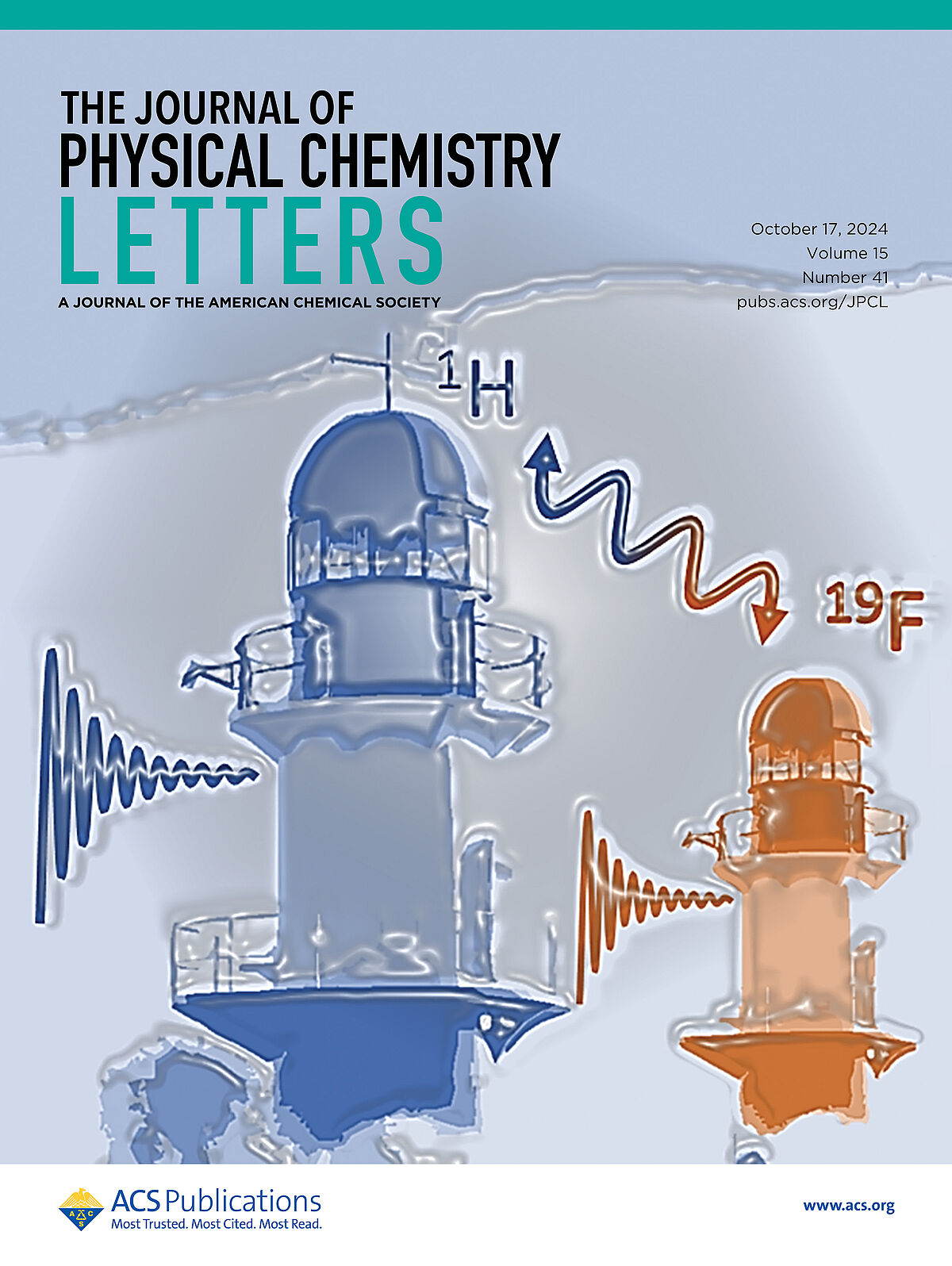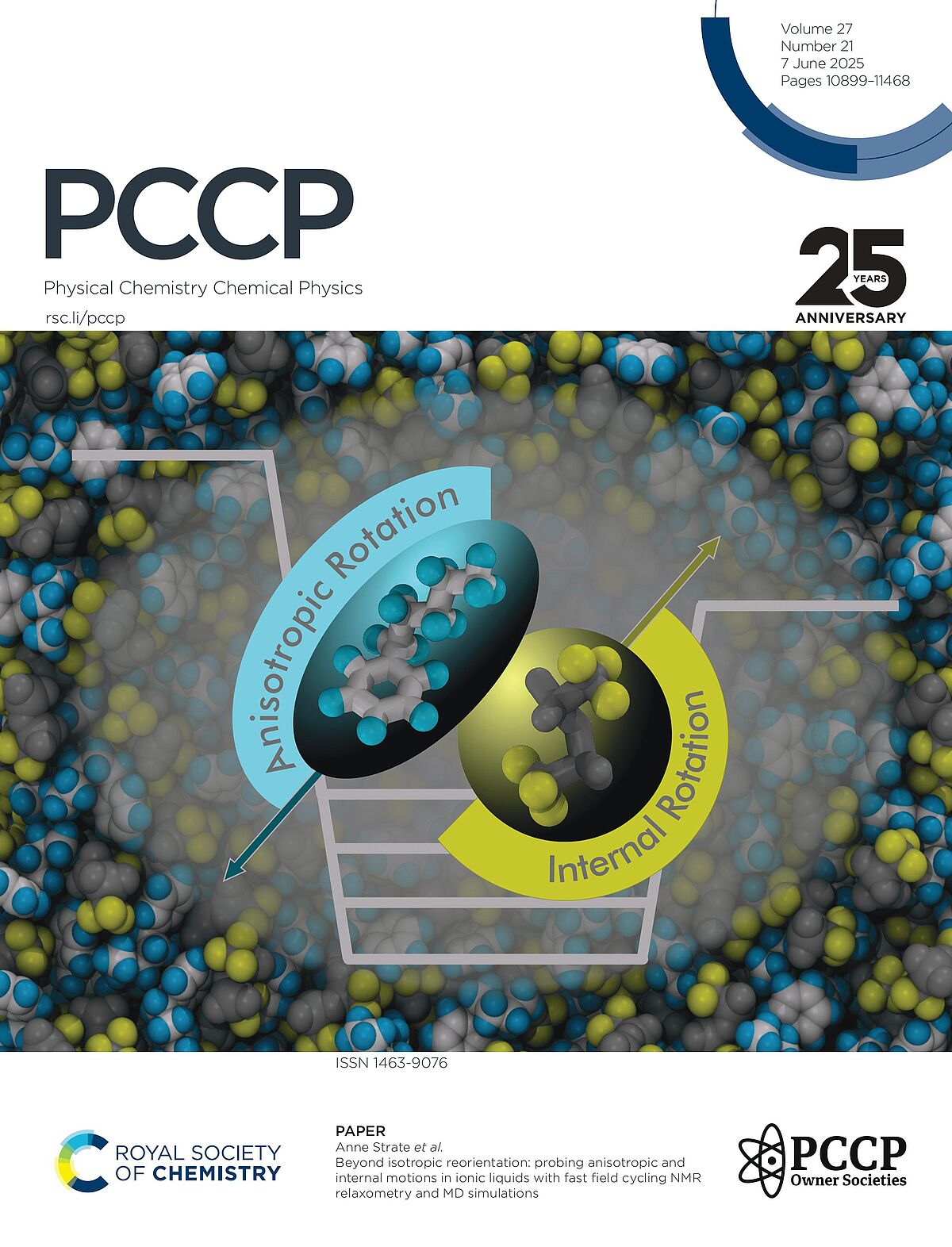Conventional high-field (HF) and fast-field cycling (FFC) relaxometry are promising NMR techniques to study rotational as well as translational dynamics in molecular and ionic liquids. Using carefully chosen liquids synthesized in-house, spin-lattice relaxation time experiments can be performed over large frequency and temperature ranges. Finally, so-called NMR dispersion profiles can be obtained. Here dipolar nuclei, such as 1H and 19F, as well as quadrupolar nuclei, such as 2H and 7Li, can be addressed. For the evaluation of the NMRD profiles certain models are necessary, which are often subject to great simplifications. The goal of our investigations in this area is to verify the applicability of simple and well-known relaxation models to complex systems such as ionic liquids, as well as the continued development of these models. With the help of suitable models, valuable information about the dynamics of the liquid (e.g. rotational correlation times and translational diffusion coefficients) can be directly obtained. Additionally, information about its structure can also be obtained indirectly.
For the evaluation of NMR dispersion profiles, a new Matlab-based evaluation tool has been developed in collaboration with Dr. Henning Schröder from the Neymeyr group. This tool is constantly being further developed on the basis of current research results. Likewise, there is close collaboration in this field with the molecular dynamics simulation group headed by Dr. Dietmar Paschek, which allows experimentally accessible relaxation rates to be determined on the basis of computationally calculated correlation functions, helping us validate the relaxation models used.
Finally, the unique combination of conventional NMR, fast-field cycling NMR and molecular dynamics simulation allows us to gain deep insight into the structure and dynamics of complex molecular and ionic liquids.


